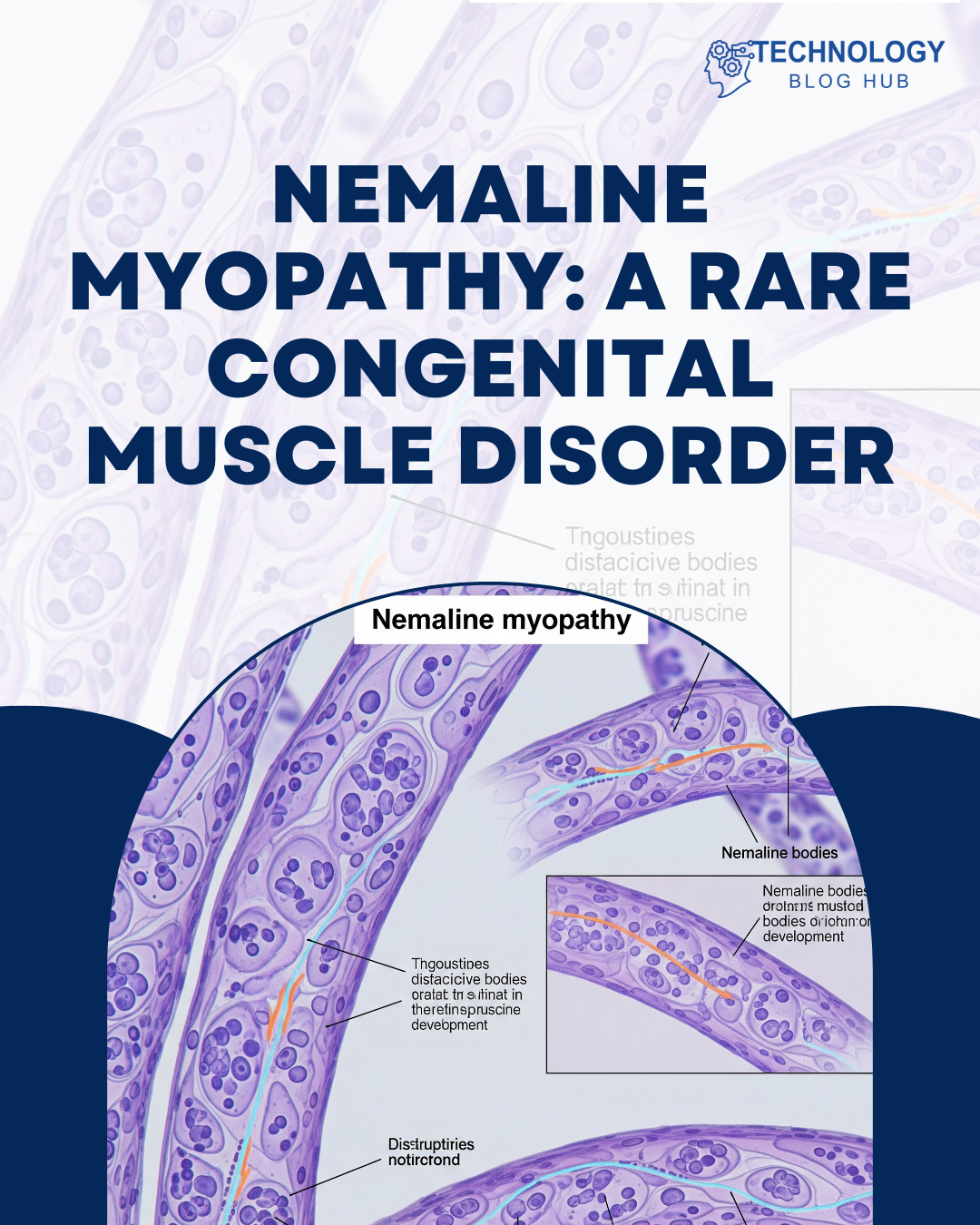
In an era where consumers are bombarded with countless ads and offers daily, personalized marketing has emerged as a powerful strategy to cut through the noise. By tailoring messages, products, and services to individual preferences, businesses can foster stronger customer relationships and drive higher engagement. This level of personalization is now achievable at scale, thanks to advancements in artificial intelligence (AI) and data analytics.
In this blog post, we’ll explore how AI and data analytics are revolutionizing personalized marketing, the latest trends, and actionable strategies for businesses to implement in 2024.
What Is Personalized Marketing?
Personalized marketing involves crafting marketing messages, content, and experiences that resonate with individual consumers based on their behavior, preferences, and demographics. Unlike traditional marketing that relies on generalized campaigns, personalized marketing focuses on relevance, making customers feel valued and understood.
Key Benefits of Personalized Marketing
- Improved Customer Engagement: Personalized content grabs attention and fosters meaningful interactions.
- Higher Conversion Rates: Relevant recommendations are more likely to lead to purchases.
- Customer Loyalty: Personalization enhances customer satisfaction, driving repeat business.
- Optimized Marketing Spend: Targeted efforts reduce waste and maximize ROI.
How AI and Data Analytics Power Personalized Marketing
1. Data Collection and Analysis
Modern businesses generate massive amounts of data from various sources such as websites, social media, emails, and in-store interactions. AI-powered analytics processes this data in real-time to uncover customer preferences, behaviors, and buying patterns.
- Example: Retail giant Amazon uses data analytics to recommend products based on browsing and purchase history, leading to a significant share of its revenue.
2. Predictive Analytics
AI enables predictive analytics by analyzing historical data to forecast future behavior. This allows businesses to anticipate customer needs and proactively offer solutions.
- Example: Netflix leverages AI to predict what shows or movies a user might enjoy, enhancing user engagement and retention.
3. Real-Time Personalization
With AI, brands can deliver personalized experiences instantly. Real-time data processing ensures that customers receive relevant offers and messages as they interact with a brand.
- Example: E-commerce platforms use AI to adjust website layouts and promotions based on a user’s current browsing behavior.
4. Advanced Segmentation
AI-powered segmentation divides customers into highly specific groups based on behavior, preferences, and demographics. This goes beyond traditional segmentation methods, enabling hyper-targeted marketing.
- Example: Spotify’s Discover Weekly playlist is tailored for individual users based on their listening history and patterns.
5. Natural Language Processing (NLP)
AI tools like chatbots and voice assistants leverage NLP to understand and respond to customer queries in a personalized manner.
- Example: Virtual assistants like Siri and Alexa recommend products or services based on user preferences and search history.
Trends in Personalized Marketing for 2024
1. Hyper-Personalization
- What It Is: Going beyond basic personalization to offer highly tailored experiences based on real-time data and individual behaviors.
- Example: Banks providing personalized financial advice based on spending habits.
2. Context-Aware Marketing
- What It Is: Delivering personalized messages based on a customer’s location, time of day, and current activity.
- Example: A food delivery app sending lunch offers to users during midday hours.
3. AI-Driven Creative Personalization
- What It Is: Using AI tools to dynamically create personalized content, such as videos, emails, or social media posts, tailored for specific users.
- Example: AI-generated email campaigns that adjust tone, language, and imagery based on recipient preferences.
4. Customer Journey Mapping
- What It Is: Tracking and analyzing the entire customer journey to identify touchpoints where personalized interactions can make the most impact.
- Example: Airlines offering tailored travel packages based on previous bookings and loyalty data.
5. Voice and Visual Search Personalization
- What It Is: Customizing search results for users interacting with voice assistants or using image-based search tools.
- Example: AI-powered shopping assistants suggesting products based on a photo uploaded by the user.
6. Ethical and Transparent Personalization
- What It Is: Ensuring that data collection and usage are transparent, compliant with regulations, and respectful of user privacy.
- Example: Brands offering opt-in personalized experiences, clearly communicating how data will be used.
How Businesses Can Implement AI-Driven Personalized Marketing
1. Build a Unified Customer Data Platform (CDP)
A CDP consolidates customer data from various touchpoints into a centralized system. AI analyzes this data to provide actionable insights for personalized campaigns.
- Actionable Tip: Invest in platforms like Salesforce, HubSpot, or Segment to unify customer data.
2. Use AI-Powered Tools
Leverage tools that integrate AI for automated personalization, such as:
- Dynamic Content Generators: Tools like Persado for creating personalized ad copy.
- Email Marketing Platforms: Platforms like Klaviyo for segment-specific email automation.
- Chatbots: AI-powered bots like Drift or Intercom for personalized customer interactions.
3. Optimize Websites for Personalization
AI can tailor website content for individual visitors. This includes:
- Personalized product recommendations.
- Dynamic homepage layouts based on user preferences.
- Predictive search suggestions.
4. Embrace Omnichannel Personalization
Ensure a seamless experience across all channels, including email, social media, mobile apps, and in-store interactions. AI can sync customer data across these platforms to maintain consistency.
- Example: Starbucks uses its mobile app to deliver personalized rewards and suggestions while syncing with in-store purchases.
5. Monitor and Measure Effectiveness
AI-powered analytics tools track the performance of personalized campaigns, offering insights to refine strategies.
- Actionable Tip: Use tools like Google Analytics 4, Tableau, or Power BI to analyze personalization metrics such as click-through rates, conversion rates, and customer retention.
The Future of Personalized Marketing
As AI and data analytics continue to evolve, personalized marketing will become even more sophisticated. Here’s what to expect in the near future:
- Emotion-Driven Personalization
AI will analyze sentiment in customer interactions to tailor responses based on emotional cues. - Augmented Reality (AR) Integration
AR will enable brands to offer personalized virtual experiences, such as trying on clothes or visualizing furniture in a customer’s home. - Predictive Customer Behavior
AI will predict not only what customers want now but also what they might want in the future, enabling proactive marketing. - Personalized Content at Scale
AI will automate the creation of hyper-personalized content across thousands of variations, making large-scale personalization more accessible.
Personalized marketing powered by AI and data analytics is redefining how businesses interact with their customers. By delivering highly relevant and engaging experiences, companies can foster loyalty, boost conversions, and gain a competitive edge. However, success requires not just leveraging cutting-edge technology but also maintaining transparency, respecting privacy, and continuously adapting to customer needs.
As 2024 unfolds, businesses that embrace AI-driven personalized marketing will lead the way in creating meaningful connections with their audiences.







